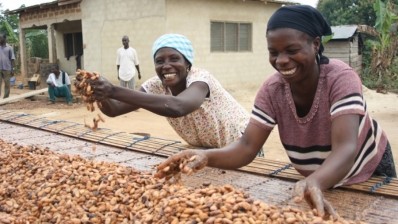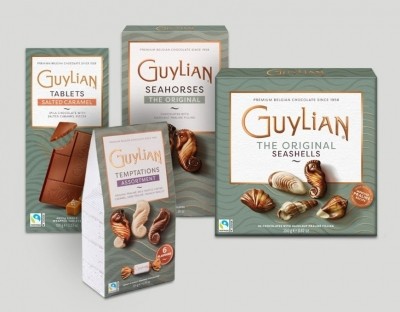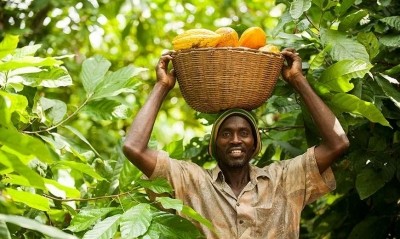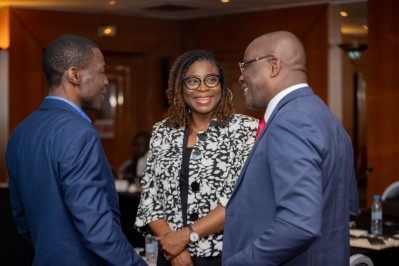Fairtrade America puts faces to cocoa farmers with mural campaign to highlight daily struggles
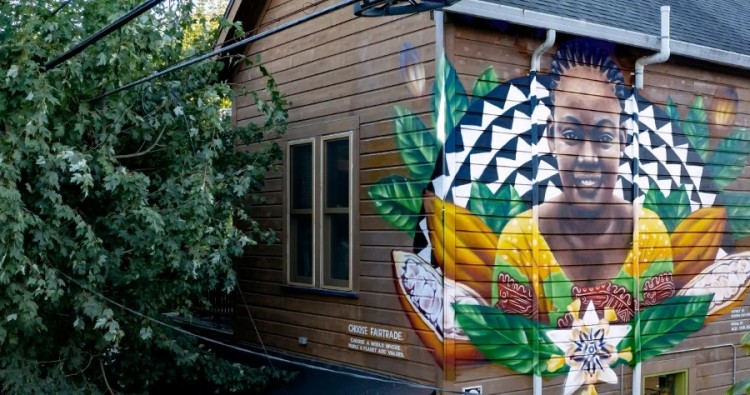
The third annual ‘Choose Fairtrade: Choose the world you want’ campaign features three murals in major US cities that connect shoppers in the US to the people who produce the things consumers count on everyday - like cocoa and tea.
Abby Massey, senior commercial partnerships strategist, Fairtrade America, informed ConfectioneryNews that it is obviously good news that people are buying more chocolate and therefore creating a market for cocoa.
Farmers are on the front line, they are the ones dependent on their natural resources to work in their favour -- Abby Massey, senior commercial partnerships strategist, Fairtrade America
She said in terms of recognition, Fairtrade is at 41% in the United States, almost double from two years ago and she hopes campaigns like this latest one will help increase awareness with US consumers.
“There is about 50 million cocoa farmers, five million of which farm cocoa for their livelihood as a cash crop and equates to about 60% of the cocoa that we see today.
“The number of people involved in the cocoa industry is pretty huge, meanwhile, inflation is a huge issue for us as well as cocoa farmers along with continuing to reel from the Covid-19 pandemic – and also the effect of climate change.
“Farmers are on the front line, they are the ones dependent on their natural resources to work in their favour so they can grow a good crop that they can then sell at market.”
Massey said raising awareness of the plight of farmers is more important than ever as they face alarmingly-high inflated costs on inputs like fertilizer, seeds and fuel, yet aren’t seeing any rising price paid for their goods.
“It’s harder for farmers to be resilient in that space when they are making less than a dollar a day in some cases,” she said.
“At Fairtrade we want to make sure they have a market for their product in the United States and are able to sell on Fairtrade terms and receive that minimum price and premium … that is so important.”
Positive impacts
The campaign running this month intends to generate a broader awareness of the positive impacts explained by Massey.
The murals - painted by renowned local artists in Atlanta, Milwaukee and Portland - are the latest instalments in the ChooseFairtrade.org collection, with murals having gone up in previous years in Austin, Denver, LA, Minnesota, Nashville and Tacoma.
“We are so excited by the campaign, it’s the third year we’ve had murals installed and we partner with notable mural artists in the cities to celebrate the Fairtrade farmer to make sure consumers are aware who is growing the crop they know and love – the three murals are faces of female Fairtrade farmers, two working in cocoa and one in tea.
“When they go into the grocery store they can purchase Fairtrade – and that means a better deal for farmers.”
Massey also said there are QR codes on the murals so consumers can learn more about the farmers and where the cocoa comes from.
Fairtrade America has ongoing relationships with brands including Tony’s Chocolonely, Navitas Organics and Organic India, which are also partners in the murals campaign.
With their backing, Fairtrade America said they are helping with the goal of US consumers to connect the dots between their choice to purchase certified sustainable products and the resulting fairer trading conditions that combat issues like poverty, child labour, gender inequality and climate change.
